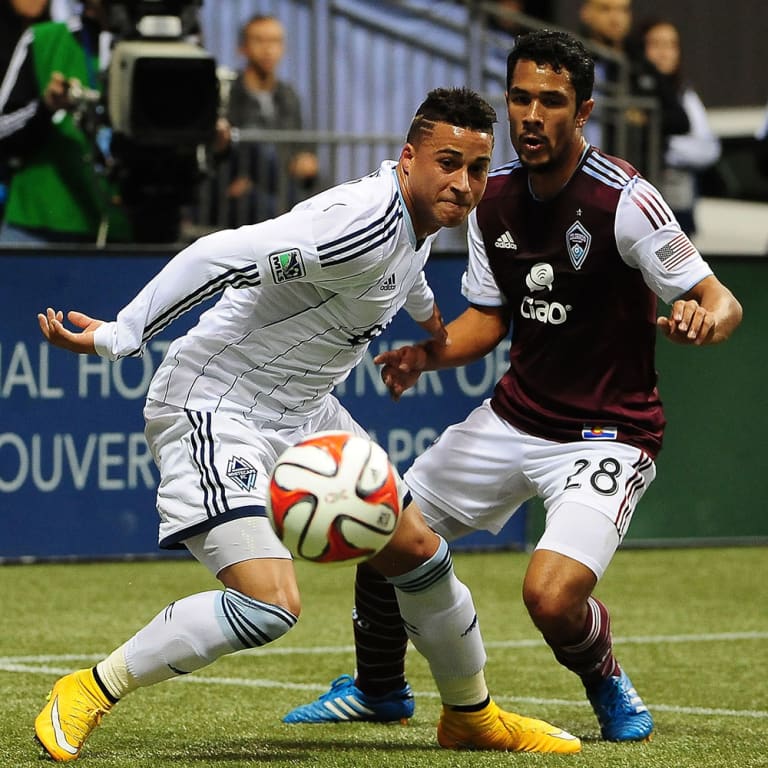Prior to the Homegrown Player Rule coming into being in MLS, the regular route through to the pro ranks for up-and-coming youngsters was via such mechanisms as the SuperDraft. But times they are changing…
When Tristan Bowen was signed to a professional contract by LA Galaxy on November 12, 2008, he became the first of the fruits from the development academies, which had dropped a year earlier.
Today, there are around 100 active homegrown players in the league, with many more having flown the MLS nest, such as DeAndre Yedlin, Matt Miazga, and Andy Najar.
As with all other major North American sports, the draft system was a known and comfortable quantity. It was an obvious path to be trod by MLS as it sought to establish itself in the early years. But the ability for clubs to produce their own talent became a necessity, as the league grew and recognized the need to compete beyond its borders.
With the league growing at such a pace, teams could no longer be serviced by the previously traditional methods of recruitment. MLS had been operating in a global sport, using a domestic model, and it was not a level playing field.
For the league to kick on to the next level, teams would have to produce their own players. The league needed to be self-sustaining.
Player development, though, does not happen overnight. The Rapids were a charter member of U.S. Soccer’s Development Academy in August 2007. Their first Homegrown Player signing was Davy Armstrong in August, 2010. Shane O’Neill (2012) and Dillon Serna (2013) followed.



Four years would pass before both Kortne Ford and Ricardo Perez put pen to paper on a pro deal with their local club, on January 6, 2017. And now, a little over 12 months on, another player has followed suit in Sam Vines.
This is potentially a microcosm of the evolution of the sport in this country. While the draft and trades will continue to be a factor in building a roster, locally identified, locally developed players will become more of the norm. And, not only that, but with DA teams now beginning at U-12, that local talent will be spotted earlier, so the chances are they will spend longer integrated within the system.
Plus, as we have noted with the likes of Christian Pulisic and Weston McKennie, if you are good enough, then you are old enough. Both are still 19, yet both have represented the USA at senior level, and both play club soccer with two of the best teams - Bayern Munich and Schalke - in one of the best leagues in the world (the German Bundesliga).
The Colorado Rapids are very much part of the new age in talent development in the USA. The trickle of teenage talent will gather momentum, until we are no longer prefixing the age of a player before their name through sheer astonishment that a young man of such tender years could be so good.
Previously, a 21 or 22-year-old rookie was considered ‘youthful’ recruitment, but the problem was that MLS and the USA were handing the rest of the world a head start in this department. Elsewhere, teams were snapping up players at 16, 17, 18, because a system was in place to identify and develop.
That system is now very much in place in the USA, and very much alive here in Colorado.



